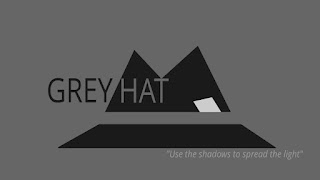
Creating a neural network means creating a one-track mind system, trained to solve a single problem, or at most, related issues. It gets input data which it slices and dices through the network of artificial neurons in the hope of classifying it by looking at the characteristics of each piece and comparing it to known resources.
The applications are endless, from selecting the right candidates for a job, to assessing crash risks or even predicting climate changes. Almost any activity sector has a problem which could be solved by neural networks. Therefore, it makes sense to take a more detailed look.
- Building a Neural Network
The process is a bit like making a cake. You gather the ingredients (artificial neurons), you mix them in the bowl (create the first layer which you can see), and then put everything in the oven (hidden layers) and hope for the best result (output layer).
To get a little more technical, let’s walk through the necessary steps of actually building a functional neural network. Since no-one wants to reinvent the wheel, you start by importing some useful libraries and of course, the data sets.
Next, since there are no predefined weights (importance) for each of the neurons in the first layer, they get assigned random numbers between 0 and 1. Once this is set up, you can go to the fun part of actually teaching the network.
In the forward propagation step, you walk through the network and compare the results you receive with those you expected, to see how far off you were. This essentially proves how good the model is.
In the backpropagation phase, you aim to make the network learn from its mistake by starting with the end in mind and working through the system in reverse. This feedback process gives new, more accurate weights to the initial layer of artificial neurons.
Repeating the cycle back and forth hundreds of times (these are called epochs), makes the prediction accurate enough that it can’t be improved any further. When this is observed it is time to stop, or the network becomes overtrained. Overtraining means that it pays so much attention to the training dataset, that it is no longer able to see the big picture and it will be useless on other data sets.
- Neural Network Applications
As previously mentioned in the opening, the neural networks have countless applications in a wide range of sectors, from healthcare to military defense or risk management. Let’s go through a list of the most exciting current uses and make a few suggestions for the future.
- Trading Platforms
If the right prediction models had been used before 2008, there is a chance the financial crisis would never have happened or not at the magnitude experienced. It is only a matter of time before brokers are replaced by machines. This trend is dictated by high-frequency trading, which operates with low values but huge volumes. Since it’s impossible for humans to take the right investment decisions every 15–20 seconds, this is an excellent case for AI powered by neural networks.
- Recommendation Engines
- Healthcare
- Natural Language Processing
This is one of the high-stakes of neural networks, as it can be used to create a secure communication bridge between man and machine. When NLP is fully functional, only then will chatbots be able to replace call center agents and other public-facing jobs satisfactorily. It will be of great help for instruction manuals, troubleshooters or even teaching.
- Risk Management and Fraud Detection
Based on the same idea of habits, fraud detection built on artificial neurons triggers red flags every time an uncommon transaction is made. You might already be familiar with the “is this really you?” verification when you access your e-mail from a different device. It’s the same when you first use your credit card abroad, or for a large purchase, the system will see this as out of the ordinary.
- From Self-Driving Cars to a Safer World
by; Sharad K. Srivastava








